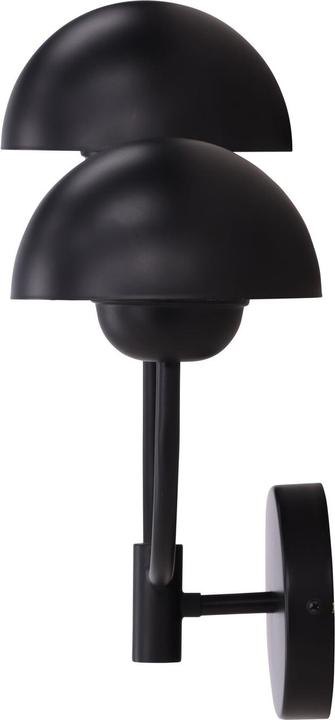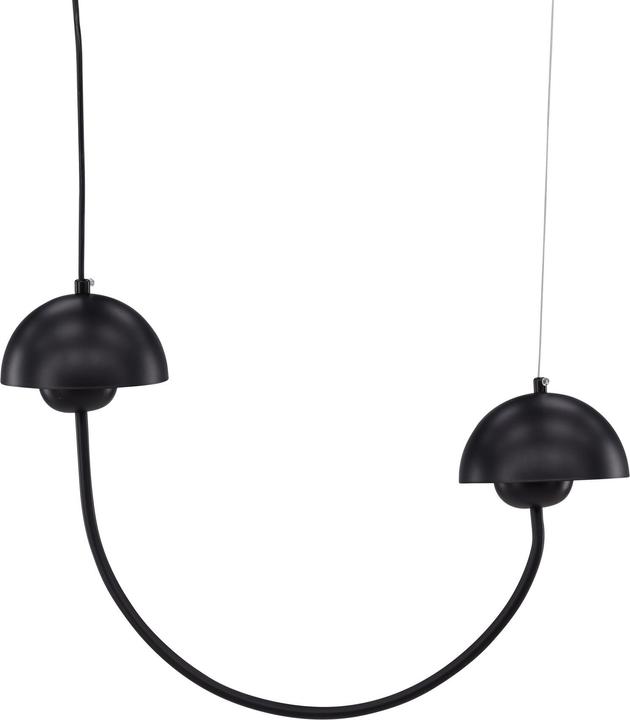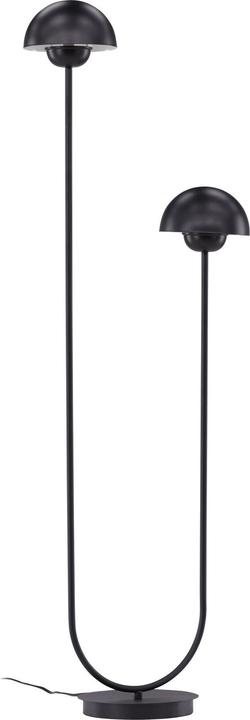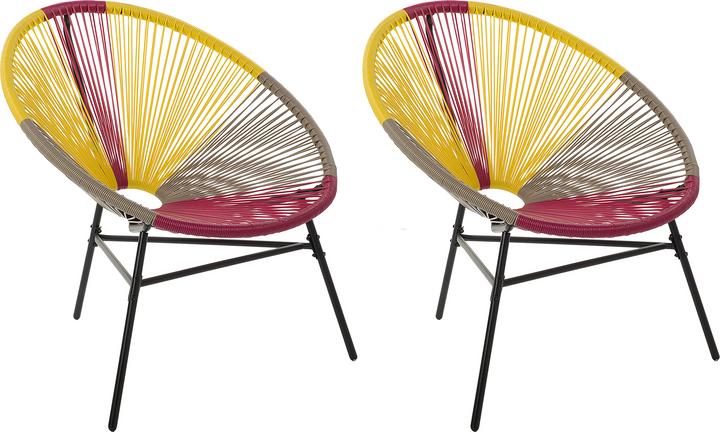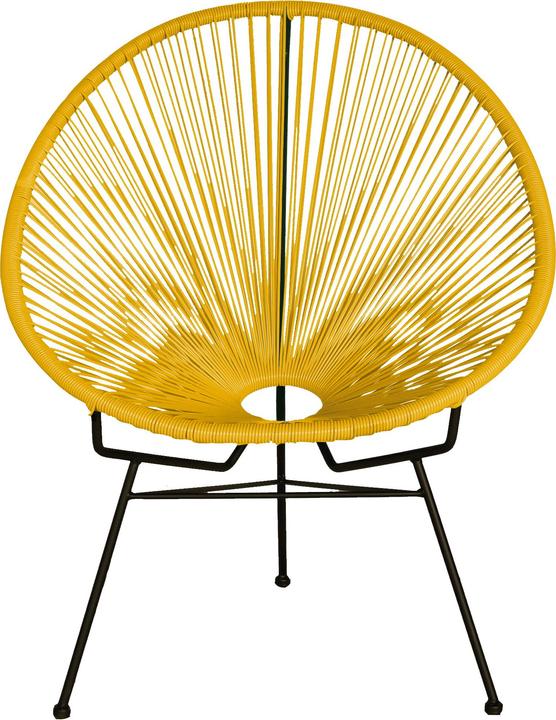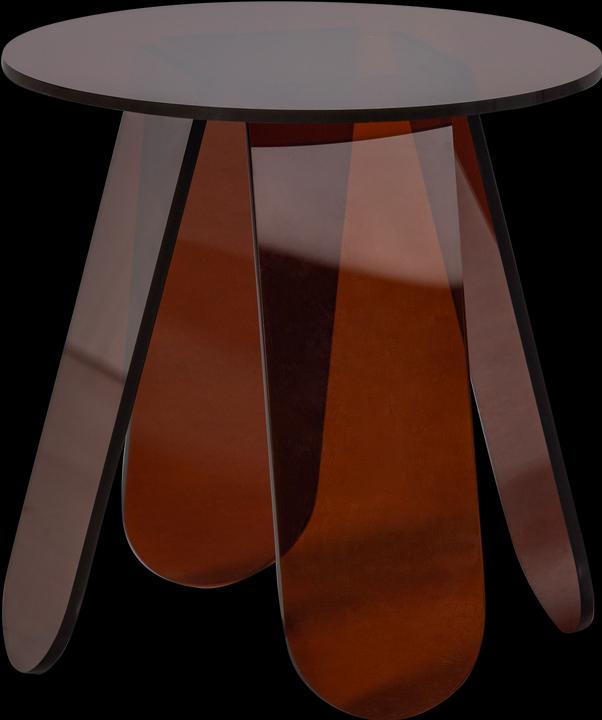

Five timeless design classics and their affordable alternatives
Because it’s difficult – and rarely worth it – to reinvent the wheel, products are often modelled on others in design. Here’s a look at which design icons have inspired certain furniture and home accessories in our range.
In this series, I’m taking you through well-known classic furniture designs. Partly because I like the stories behind things. And partly because I want to give you information about the origin of certain pieces. This will give you an overview, and maybe you’ll be able to tell a dupe from a blatant copy the next time you buy.
1. «Flowerpot VP1»
- Designer: Verner Panton
- Manufacturer: &Tradition
- First made in: 1968
- Made in: Denmark
- Value: approx. €170

Source: Pia Seidel
Today you may not see why «Flowerpot VP1» by Danish architect and designer Verner Panton was a big deal for the brand called & Tradition at the time. So I’ll tell you: the table or pendant lamp stood out because – despite its minimalist look – it was reminiscent of a flower bud and its bright colours perfectly encapsulated the Pop Art era in one design. In the 1970s, it proved a second time that it could move with the times. «Flowerpot VP1» came out with a black and white wave pattern that was inspired by the ’70s and the Memphis movement.
The painted metal lamp is still successful today because its silhouette is reminiscent of mushrooms, among other things. This appeals to fans of the Weirdcore trend, where mushroom lamps are popular. The mid-century design is now available in seven different versions. The «Lyckorna» range could be one of them because the pendant and floor lamps have the flower shape of the original and are also made of metal. But details such as the feet or ceiling brackets are completely different.
2. «Tulip Table»
- Designer: Eero Saarinen
- Manufacturer: Knoll
- First made in: 1956
- Made in: USA
- Value: from €2,000

Source: Pia Seidel
The «Tulip Table» by Eero Saarinen for Knoll was a novelty in the 1960s. On the one hand, because instead of the typical four dining table legs, it only had one leg and therefore offered more legroom and visual calm. On the other hand, because it subtly imitated the shape of a tulip bud. This combination makes the table as striking as a mountain peak despite its subtle design and ensures that it fits seamlessly into any interior.
The «Tulip Table» is still being referenced in many places today. The brands Venture Home and Beliani have similarly shaped models in their range – albeit made from less high-quality materials. The original consists of an aluminium base and a marble top. The newly released version is made of acrylic stone.
3. «Acapulco Chair»
- Designer: Unknown
- Manufacturer: Acapulco
- First made in: 1950s
- Made in: Mexico
- Value: approx. €430

Source: Pia Seidel
Although it’s still unclear who’s behind this design, one thing’s for sure: since the 1950s, the «Acapulco Chair» from Mexico has been an integral part of terraces everywhere. The design piece is part-chair, part-hammock and is inspired by shapes and patterns found in Mexican culture and nature. It’s considered particularly comfortable because it’s made of adaptable plastic strands. Some sources, including the official Acapulco website, suggest that a French tourist named François Dischinger designed the chair in Acapulco, Mexico. Others assume that local craftsmen and women are behind the idea.
Until the origin is cleared up, many chairs can be called an «Acapulco Chair». However, as is often the case, the differences lie in the details – in the quality of the strings or the arrangement of the metal rods of the frame, for example. For comparison, the original is made of UV-resistant elastic plastic and galvanised powder-coated steel to prevent rust and corrosion.
4. «2 Fauteuil Grand Confort Petit Modèle LC2»
- Designers: Le Corbusier, Pierre Jeanneret and Charlotte Perriand
- Manufacturer: Cassina
- First made in: 1929
- Made in: Italy
- Value: approx. €5,300

Source: Pia Seidel
Three designers were involved in the design of the «2 Fauteuil Grand Confort Petit Modèle LC2», which was to go down in history as the «archetype of modernity». It impresses with its clean lines, geometric shapes and functionality: anyone sitting on the armchair should be able to have a comfortable conversation. That’s why it consists of a frame made of chrome-plated steel and cushions made from high-quality foam and covered in either leather or fabric. The LC2 series also includes various modules, so you can put together your own set.
Its modularity and simplicity make the LC2 armchair versatile and timeless. It’s no surprise that manufacturers like Johann Jakob have imitated the look. Instead of brown, the frame structure of the dupe called «Mandia» is black, which is a stronger contrast against the cognac-coloured leather.
5. «Shimmer Tavoli»
- Designer: Patricia Urquiola
- Manufacturer: Glas Italia
- First made in: 2013
- Made in: Italy
- Value: approx. €1,400

Source: Pia Seidel
It’s not just mid-century designs that are often replicated. There are also furniture dupes of more current designs. The «Shimmer Tavoli» table series for example. It was designed by renowned Spanish designer Patricia Urquiola for Italian furniture company Glas Italia. It’s characterised by its play with light, colour and geometric shapes.
The material is characteristic of Glas Italia, but the design reflects the Spanish designer’s creative approach. For example, Urquiola refined the «Shimmer Tavoli» with a special multicoloured finish, the colour of which varies depending on the lighting and viewing angle. This makes the table stand out from its dupes like the Woood side table. The latter has a similar shape, but is made of simple brown, transparent acrylic glass.
Like a cheerleader, I love celebrating good design and bringing you closer to everything furniture- and interior design- related. I regularly curate simple yet sophisticated interior ideas, report on trends and interview creative minds about their work.
